GFX 50S II: A taste of “more than full frame”
Before I begin, I would like to thank Mr. Keitaro So, Divisional Head of Fujifilm, for providing the loan of the GFX 50S II, GF 45mm, GF 50mm, GF 80mm, and GF 32-64mm. The units were loaned from Fujifilm Asia Pacific and had returned back to them by the time of releasing this review.
Disclaimer:
1. All the shots shown here were taken by me.
2. Some shots are straight out of the camera, while others are edited via In-Camera Raw Processing and Adobe Lightroom Classic.
3. I reserve ownership of these images. If you wish to use my images, please notify me.
In my own words
Allow me to start off with my conclusion to this review. The GFX 50S II is set to be the cheapest medium format camera in the industry. Every camera does come with pros and cons, and this camera sure has them too. Instead of making comments on why there is missing hardware or function in its gut, we have to really understand what really serves our needs, achieve our goal, and we have to ask ourselves if we can actually live with the cons.
I have had the opportunity to test out this beauty for merely 2 weeks. And in these 2 weeks of testing, I am flooded with stunning photos that this camera can give. This makes me believe that if you are someone who is looking for fantastic image quality but do not dare to dip your toe in the world of medium format because of the price, then this camera might be the one you are looking for. I am sure that you will be rewarded handsomely with the results from this medium format camera. If you are interested to find out why, please continue to read.
[bafg id=”19192″] Left: GFX 50S II . GF 32-64mmF4 @64mm . f/4 . 1/850″ . ISO 100 . Nostalgic Neg
Right: GFX 50S II . GF 32-64mmF4 @64mm . f/4 . 1/1600″ . ISO 200 . Nostalgic Neg
Introduction
Remember that the GFX 50R was once the cheapest medium format camera? Now it is the GFX 50S II. Fujifilm promised of making affordable medium format cameras, and they still keep their promise. This also means they are creating opportunities for more photographers to have a taste of what it is like to have the “more than full-frame” experience.
GFX 50S II . GF 32-64mmF4 @64mm . f/4 . 1/170″ . ISO 200 . Nostalgic Neg
In this review, I am sharing more of my personal experience and not much on the technical side of this camera.
Design
It is actually the same as the GFX 100S. Every single bit of it is identical to its brother except for one thing. There is a label on the left of the camera to indicate it is a GFX 50S II. I quite like its look, and I am happy that Fujifilm has brought the same look to the 50S II too.
RIGHT: GFX 50S II . GF 50mmF3.5 @50mm . f/3.5 . 1/1500″ . ISO 200 . Nostalgic Neg
Handling
This camera’s weight and build assure you that you are holding professional and quality workhorse gear. Although it weighs 900 grams, it comes with a comfortable handgrip. The grip is deep enough to allow you to hold the camera well and confidently with one hand. To be honest, I think the grip is even better than the DSLRs I had previously.
The Shutter
This is probably one of the most enjoyable and satisfying mechanical shutters I have experienced so far. When I click the shutter, I can feel the gentle mechanic shutter feedback it gives and also a sense of assurance that I have clicked the shutter. The shutter sound is actually considerably silent, and hardly anyone else notices it when I shoot with it.
RIGHT: GFX 50S II . GF 50mmF3.5 @50mm . f/5.6 . 1/250″ . ISO 200 . Classic Chrome
The Viewfinder & The LCD Screen
The GFX 50S II is equipped with the 3.69M-dot OLED electronic viewfinder (EVF) with a magnification of 0.77x. Although it is not the best EVF I have tried, it still gives me a comfortable viewing experience.
The LCD screen is my preferred kind of screen, and this is one of the reasons why I do not upgrade my X-T3 to the X-T4. I love and enjoy using this 3 ways tilted screen for my shooting. I am pleased that Fujifilm keeps this 3 ways tilting screen in their professional workhorse.
GFX 50S II . GF 50mmF3.5 @50mm . f/3.5 . 1/125″ . ISO 320 . Nostalgic Neg
Image Quality
This is really where the medium format sensor shines gloriously. My words might be over-exaggerating, but this is my way of expressing how awesome it is. The bokeh really falls off nicely and renders smoothly. To be honest, the image result is quite distinguishable from other image sensor sizes.
Unless my photos happen to be slanted a little, I am not a person who loves to crop my photos. Nonetheless, this camera has a whopping 51 megapixels for me to experience the fun of cropping without sacrificing the details. The photos will speak for themselves. Frankly, I am stunned by the cropped results.
The dynamic range is absolutely stunning, and it can recover most of the data very well. Although the color might be off a little, I believe the professional should be able to recover the color back to the desired one easily.
[bafg id=”19195″]GFX 50S II . GF 80mmF1.7 @80mm . f/8 . 1/800″ . ISO 100 . Post-edited
RIGHT: GFX 50S II . GF 80mmF1.7 @80mm . f/1.7 . 1/110″ . ISO 640 . Post-edited
Performance
Unlike the other medium format cameras I have played with before, the focusing speed on this camera is incredibly fast, and I have also experienced less hunting too. I think it has to do with the X-Processor 4 in its gut because I can hardly tell that I am shooting with a medium format camera.
But on a side note, I do experience somewhat slow focusing speed with the GF 80mm, probably because, unlike the other lenses, it lacks the Linear Motor (LM).
When I first learned that the 50S II would be using the 4 years old 50S sensor (based on the year it went on sales), I was disappointed. But on second thought, given that it is the cheapest medium format camera, the manufacturer had to reduce their cost somewhere. However, after using this camera, I dismiss my misconception that this sensor is “old” and “unusable”. Instead, this sensor still stays strong for at least another 5 to 10 years.
RIGHT: GFX 50S II . GF 32-64mmF4 @32mm . f/5.6 . 1/200″ . ISO 200 . Nostalgic Neg
GFX 50S II . GF 80mmF1.7 @80mm . f/1.7 . 1/1300″ . ISO 200 . Nostalgic Neg
Since the 50S II uses the original 50S sensor, this also means that it comes with contrast detection only. Hence, it is missing the hybrid system with phase detection technology that most modern mirrorless cameras have. Despite lacking phase detection, Fujifilm has actually reworked the algorithm together with the new processing engine to improve the photographer’s overall shooting experience. In other words, the shooting experience is far better for 50S II than the 50S. In short, I had no problem shooting in most of the scenarios in my testing period.
IBIS
On paper, 50S II offers an incredible 6.5 stops of compensation. How does it translate into real-world usage? A successful 1-second handheld shot. Of course, it comes with a few tries before I manage to get a decent shot. This pretty much has become an achievement for me.
Feedback
I am struggling to say this, but I do miss the retro dials that Fujifilm has in most of their X system cameras, but they replaced the dials with the top-panel status LCD. I am not saying it is bad because both of them serve their purposes well, with useful information for individuals. But it is just me that I love those retro dials, and I am going to miss them if I ever own one.
RIGHT: GFX 50S II . GF 32-64mmF4 @32mm . f/8 . 14″ . ISO 100 . Nostalgic Neg
When I need to use the exposure compensation function, I need to press the exposure compensation button together with the rear command dial. This is different from the X-system I am using, where I can assign the exposure compensation function to the front command dial and use it straight away. It is a personal preference and personal habit, and I hope that Fujifilm can allow users to have straight away access to the exposure compensation.
GFX 50S II . GF 45mmF2.8 @45mm . f/5.6 . 1/125″ . ISO 2000 . Nostalgic Neg
[bafg id=”19198″]GFX 50S II . GF 80mmF1.7 @80mm . f/1.7 . 1/340″ . ISO 200 . Nostalgic Neg
Who is this for?
If you are thinking about buying a full-frame camera but do not rely on a fast burst rate for your shoot, you may consider this powerhouse in your next purchase. This camera is suitable for photographers who are looking to advance their image quality to the next level. Whether you are a landscape photographer, portrait photographer, documentary photographer, or travel photographer, by pairing with some decent GF lenses, I believe you can harness the power of GFX 50S II and enjoy every single moment of it.
RIGHT: GFX 50S II . GF 80mmF1.7 @80mm . f/1.7 . 1/120″ . ISO 3200 . Post-edited
If you are a commercial photographer, I believe you know what you need to deliver your jobs. So I leave it to you to decide.
Thank you for reading.
RIGHT: LEFT: GFX 50S II . GF 50mmF3.5 @50mm . f/5.6 . 1/125″ . ISO 320

Alwin is a 37 years old engineer, husband and Fujifilm fanboy from Singapore. His first encounter with Fujifilm was the launch of the X10 in 2012. It was love at first sight. It was a joyful compact camera and it also introduced film simulations to him. But what brought him deep into Fujifilm was the X-T2 and the love grows further. He loves to experience and discover many genres.

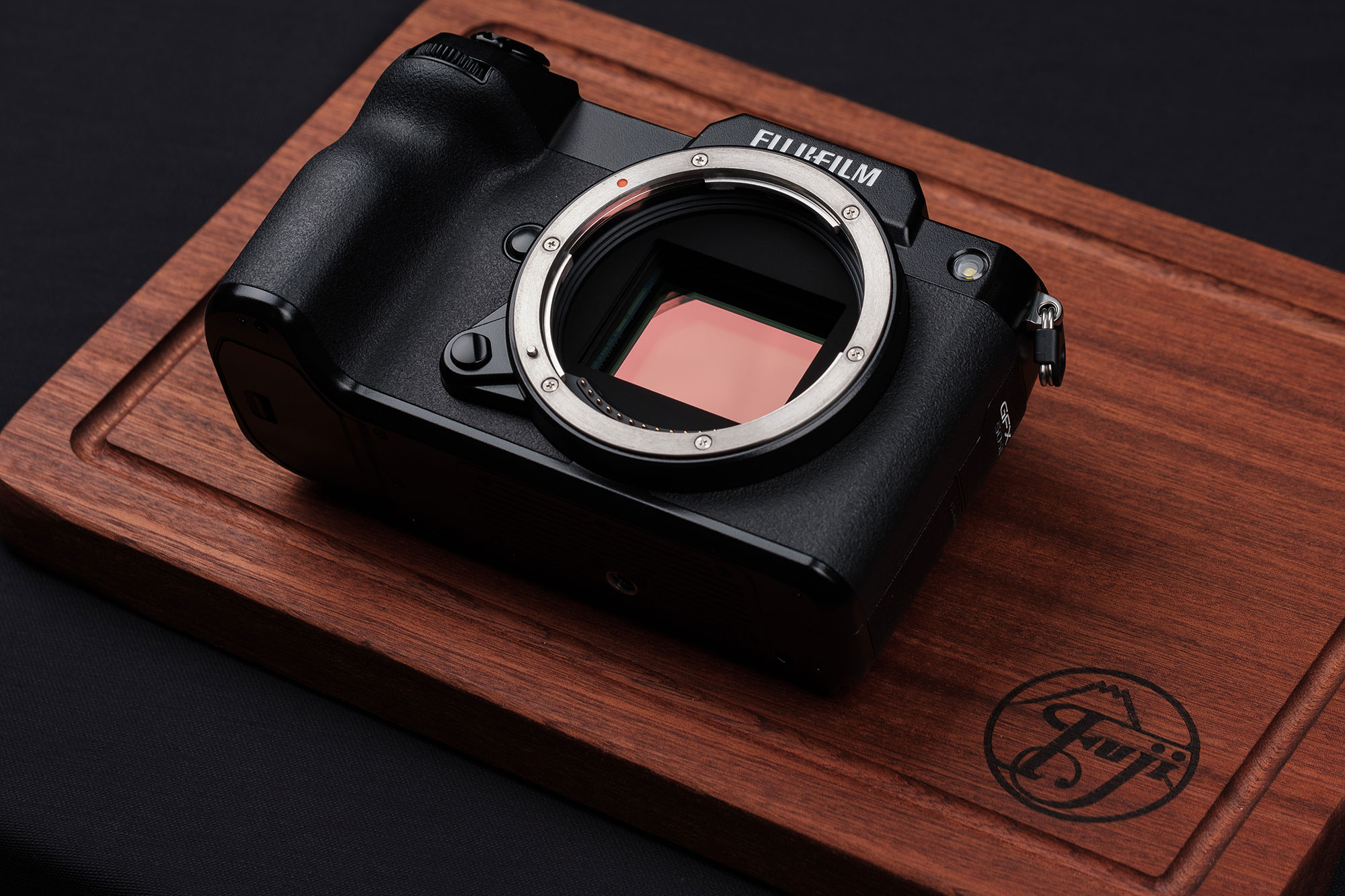
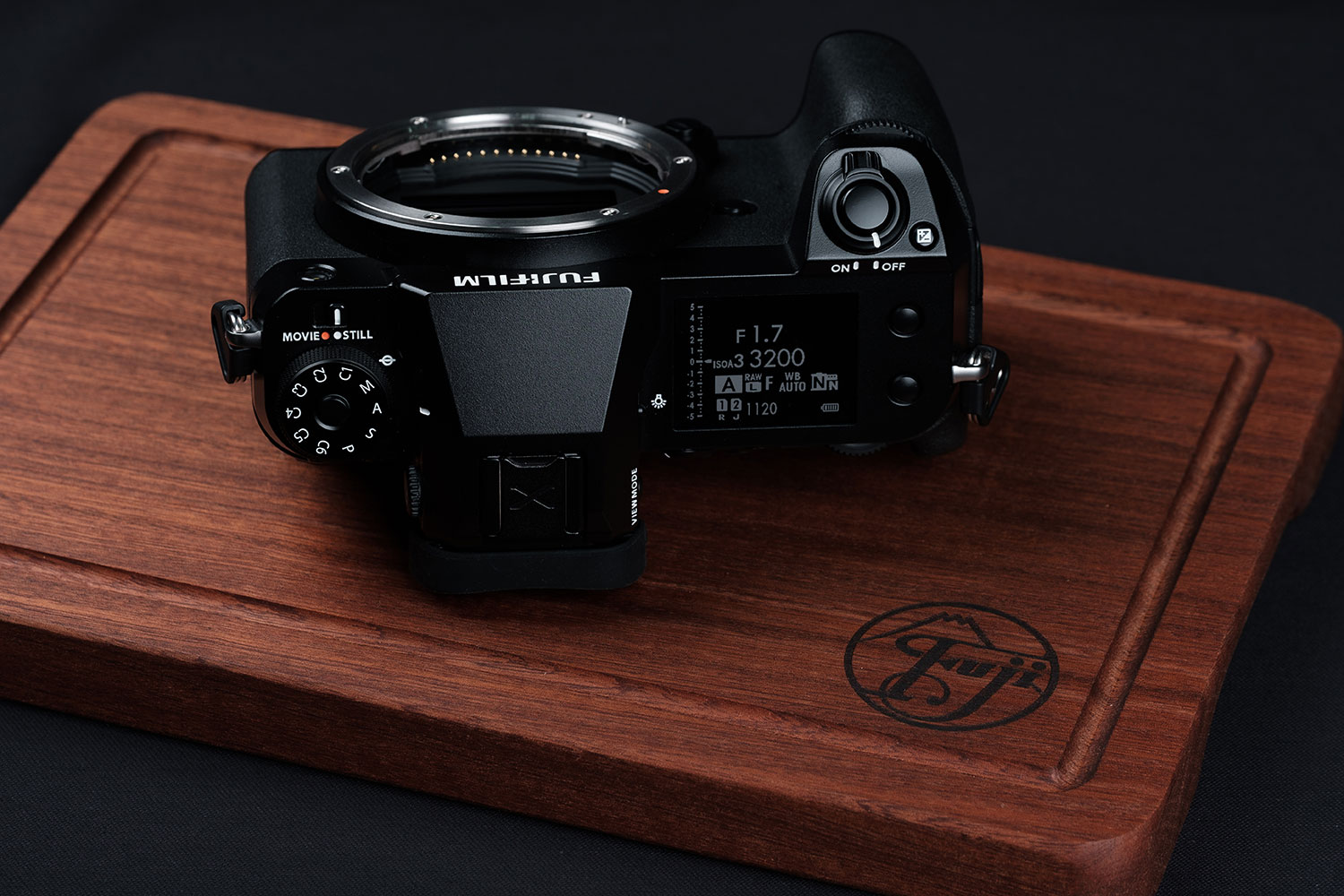








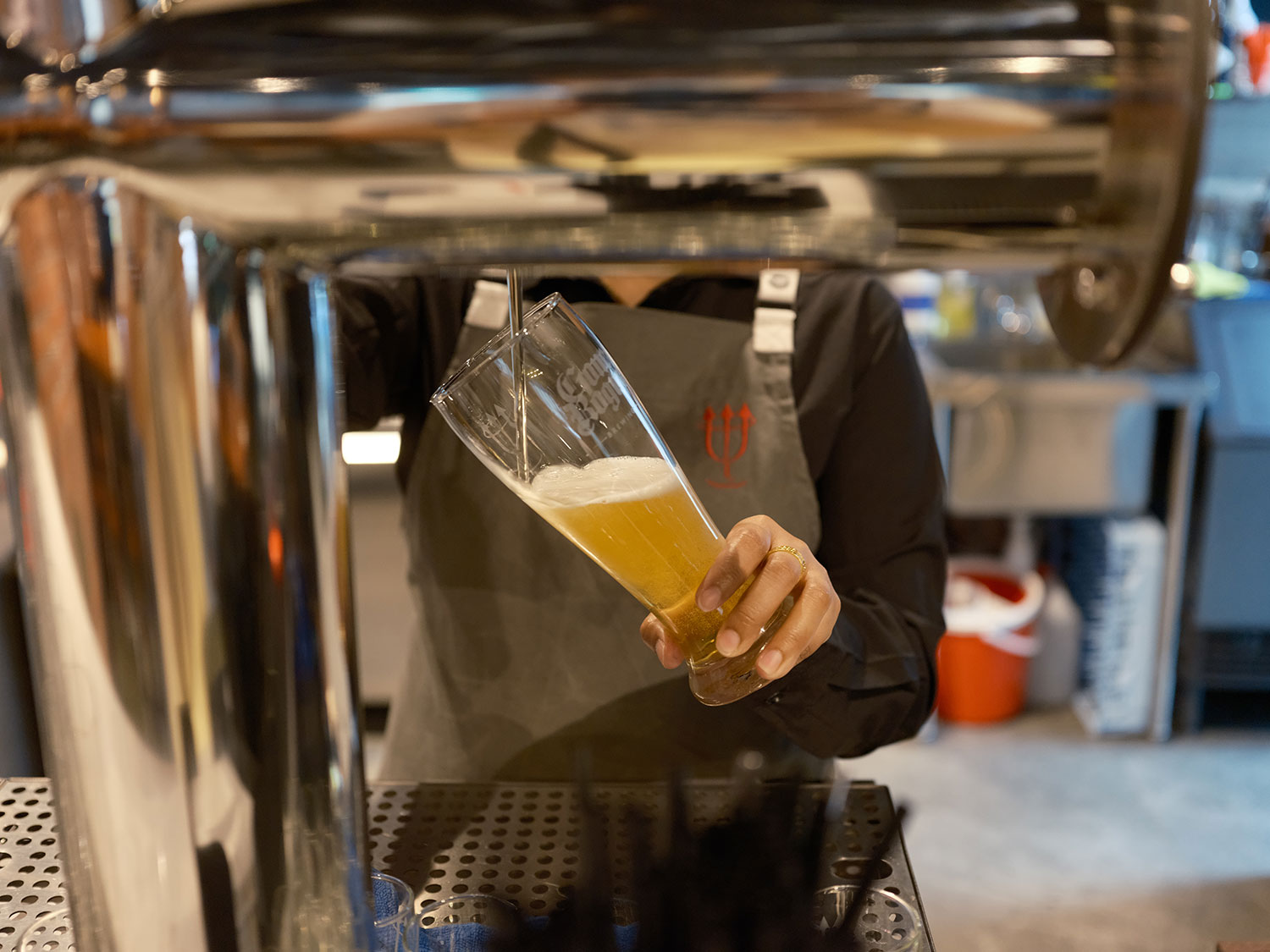

















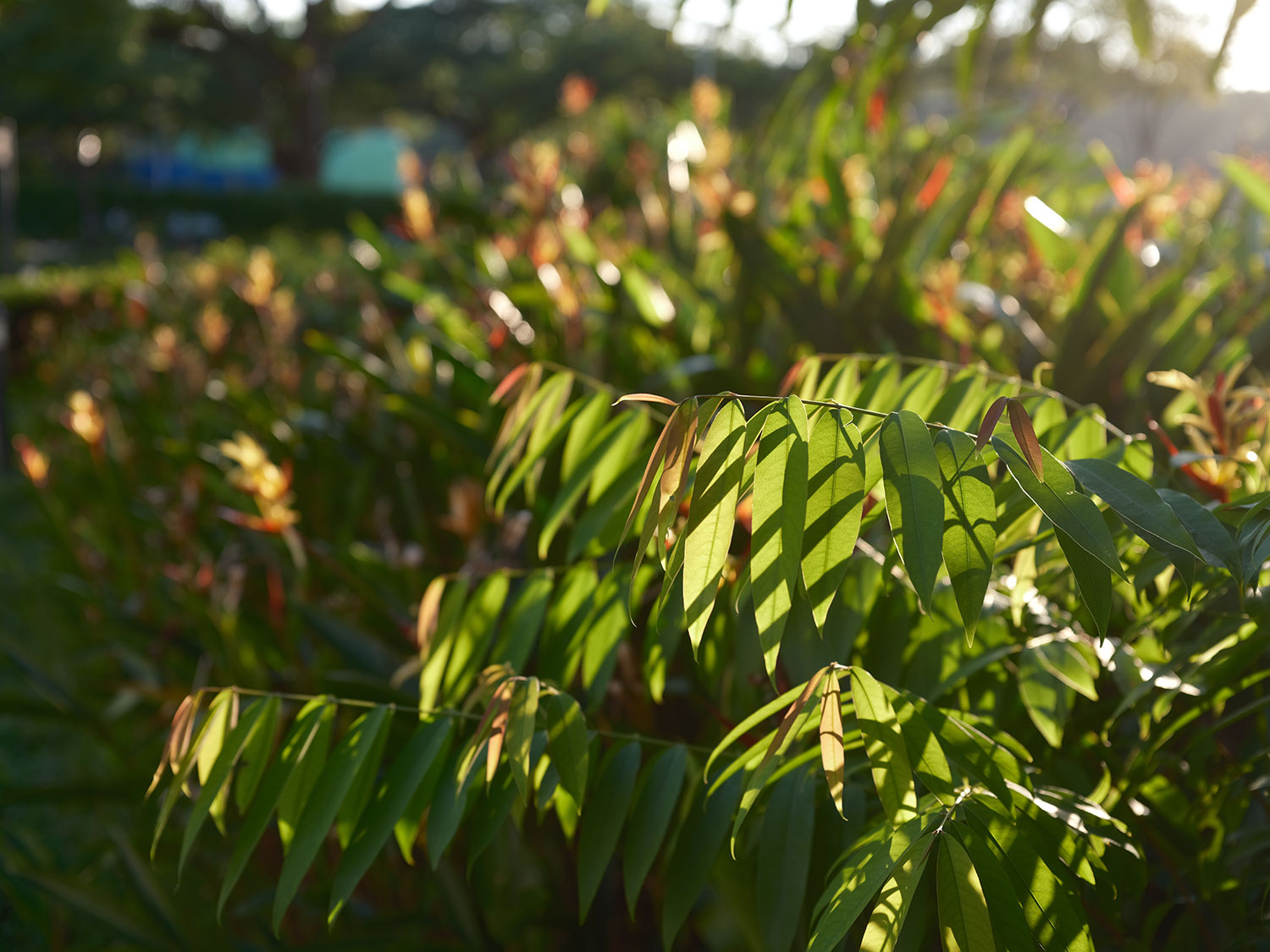


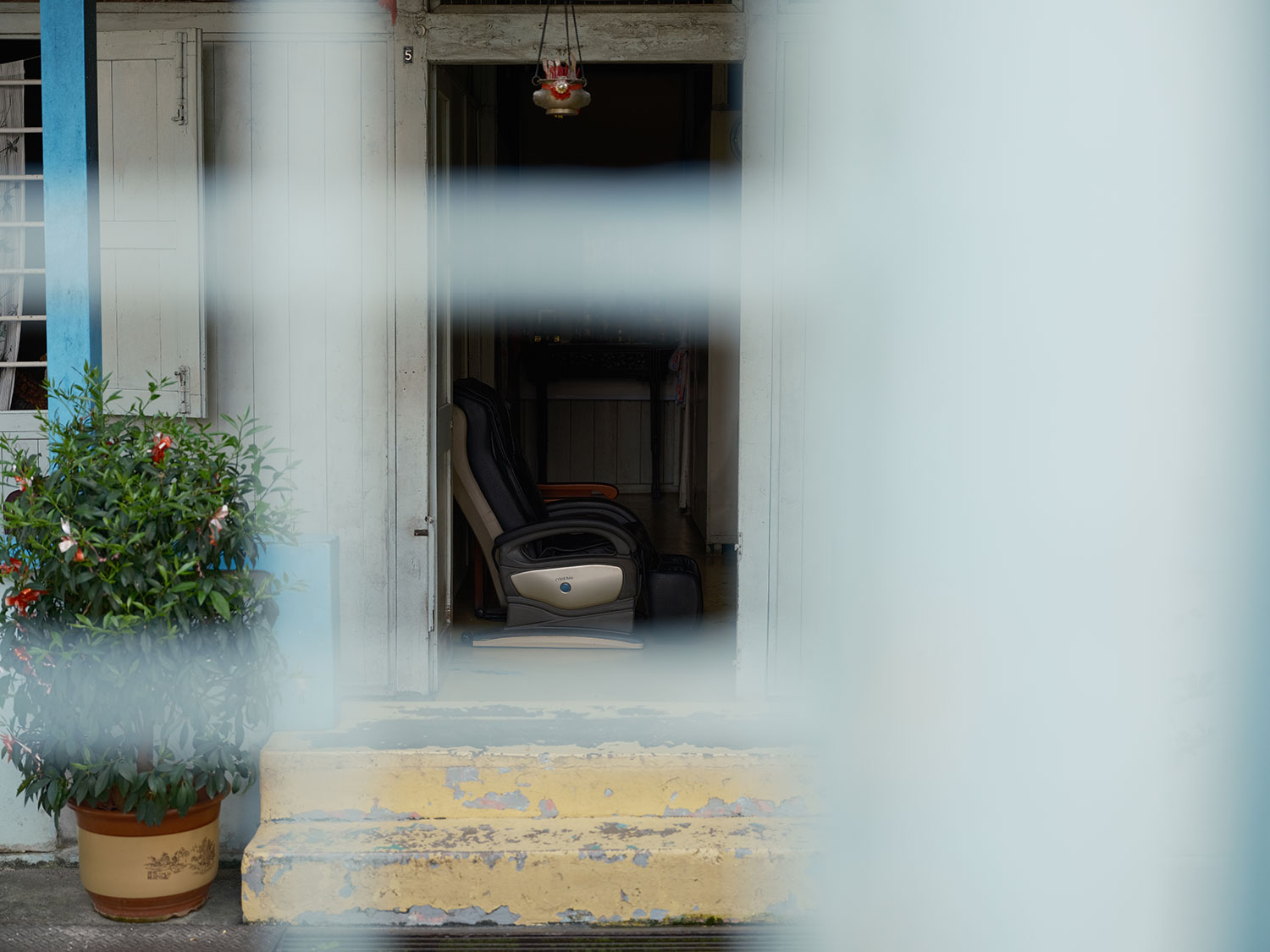



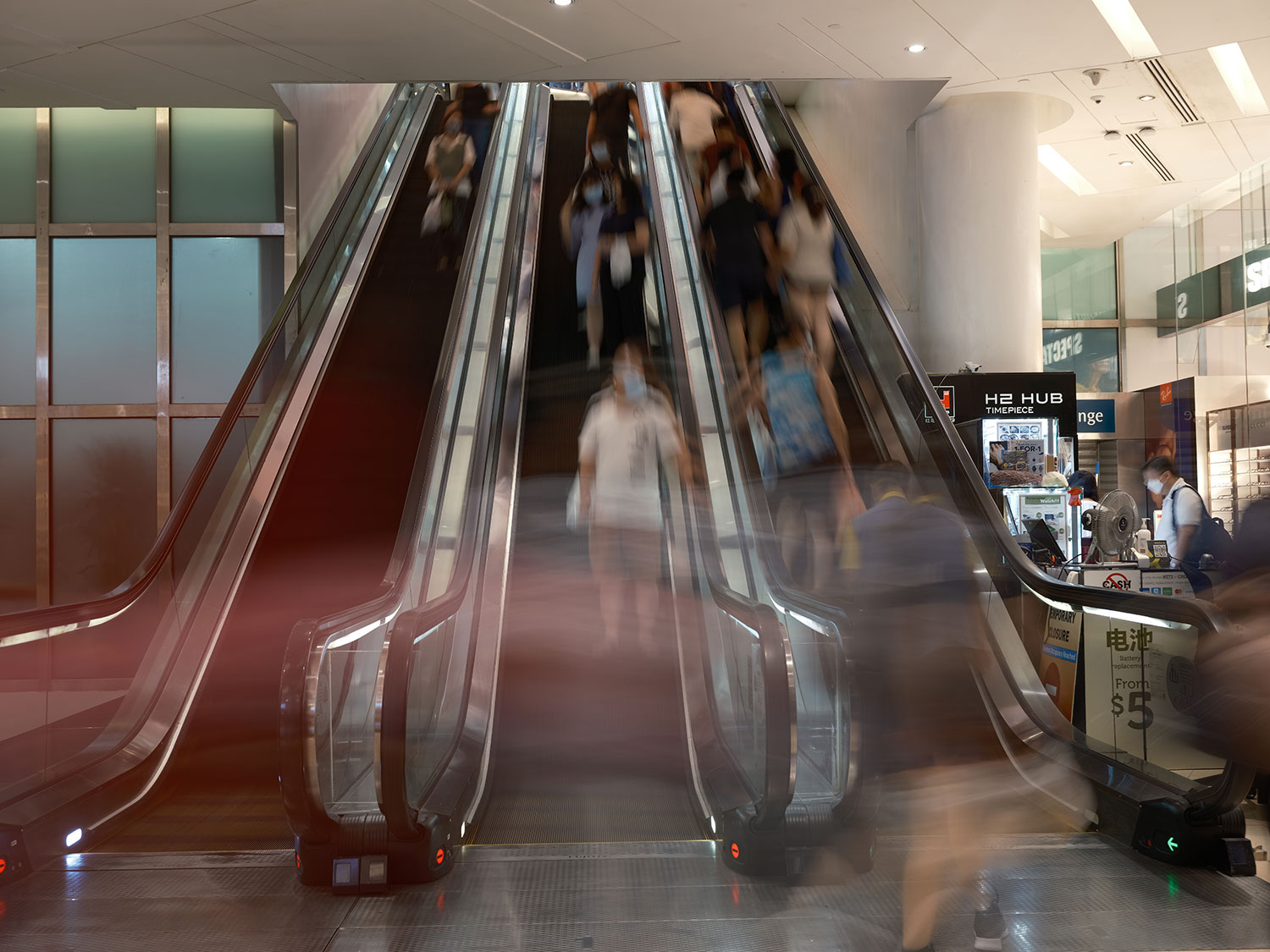
















Earl Rogers,Jr
November 13, 2021 @ 1:45 pm
Very good article and images along with the Technical information you supplied with an under each image..
Alwin Kok
November 15, 2021 @ 6:33 am
Hi Earl Rogers, Jr
I thank you for your kind words and you noticed the images arrangement. Appreciate it!